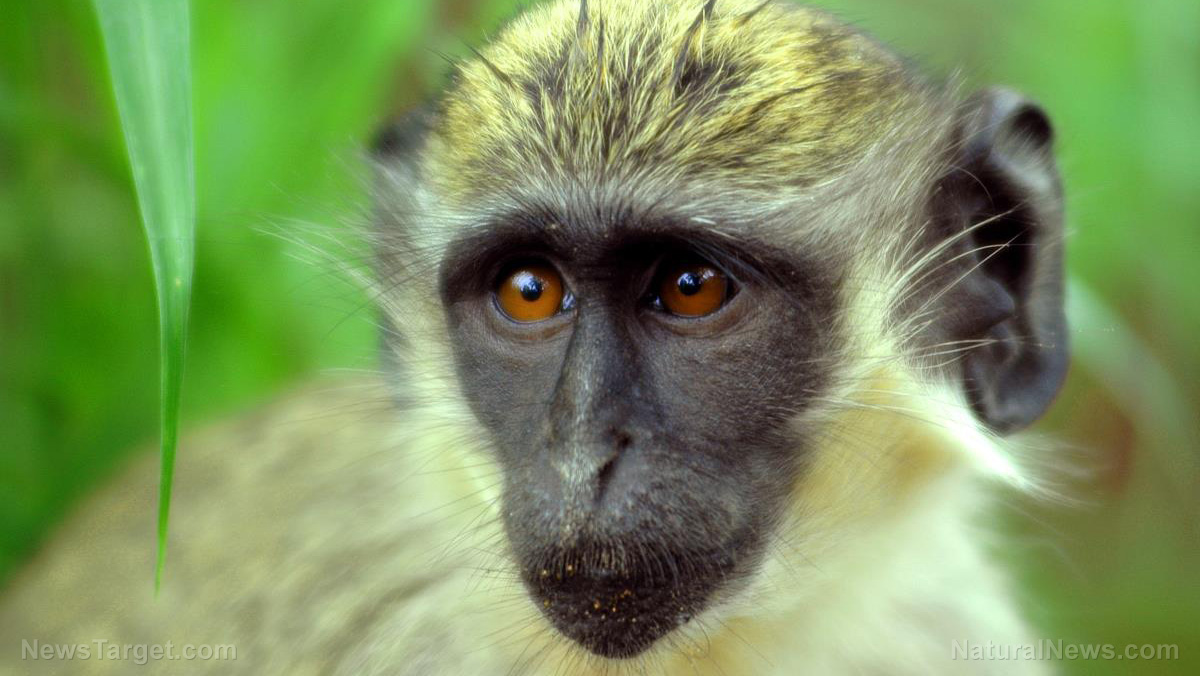
A new French study recommended that human populations reduce their interaction with wild animals, especially primates like apes and monkeys. Reducing contact with animals decreases the risk of contracting a zoonotic disease that might develop into an epidemic.
One of the perils to human health comes from disease-causing microbes that usually live in animals but are capable of infecting humans. Primates, in particular, serve as potent carriers for many pathogenic microorganisms that can make the jump to human biology and spread through human populations.
Diseases that start in an animal species and later transfer to humans are designated "zoonotic diseases." They now make up more than 60 percent of the newest and most dangerous infectious diseases that threaten humans.
There are zoonotic diseases that come from domesticated animals, such as swine flu. But 70 percent of the ones known to human science originate in wild animals.
Primates share many biological similarities with humans. Pathogens that live in one can transfer to the other with ease. As such, wild populations of apes and monkeys can store large numbers of disease-causing microorganisms such as arboviruses, bacteria, parasites, retroviruses, and viral hemorrhagic fevers. (Related: New model predicts which viruses can jump from animals to people.)
French researchers study African villagers who hunt wild monkeys and apes for food
Researchers from the Institut Pasteur evaluated the interaction between human and primate populations in the African country of Cameroon. They discovered human social behaviors – specifically hunting and butchering activities – that might increase the risk of people contracting new zoonotic diseases from wild animals.
African countries like Cameroon often experience outbreaks of Ebola and other zoonotic diseases. The region remained a hotspot for potential spillovers.
Pasteur researchers Tamara Giles-Vernick and Victor Narat headed efforts to investigate the region during 2016 and 2017. They collected information in real time, held oral interviews with locals about the history of the area, and conducted surveys on the hunting and consumption of wild meat.
During their study, they visited many villages and came into contact with hundreds of people. The data from these surveys helped them determine the full extent of the environmental exposure of southeastern Cameroonians to the primates in the area.
The researchers published their findings in the science journal PLOS Neglected Tropical Diseases.
Hunting and butchering activities bring humans into contact with disease-carrying primates
Vernick and Narat reported that Cameroonian adults often came into physical contact with primate species. The locals were more likely to end up touching monkeys than the bigger apes.
Most physical contact with primates came from hunting wild animals, slaughtering them, and cooking the meat for consumption. Some cases involved injuries incurred when the unfortunate local encountered gorillas, provoked the apes and were attacked by the angry animals.
In a survey that evaluated consumption of primate meat, 85 percent of the participants confirmed that they had eaten the flesh of a monkey or ape at some point in their lives.
The Pasteur researchers concluded that a village's risk of exposure to a primate-borne zoonotic disease depended on two factors – the overall numbers of primates and the proximity of these wild animals to the town.
"National and international authorities should support improved surveillance of humans and abundant monkey species, as well as popular messages to promote safe meat handling practices," remarked Vernick and Narat in their scientific paper. "Multidisciplinary social science and ecological approaches should be used to improve surveillance and communications with forest populations about neglected tropical diseases."
The researchers also called for the development of new field tools for studying the emergence of both known and new zoonotic diseases, especially if they have the potential to become a pandemic disease.
Sources include:
Please contact us for more information.





















